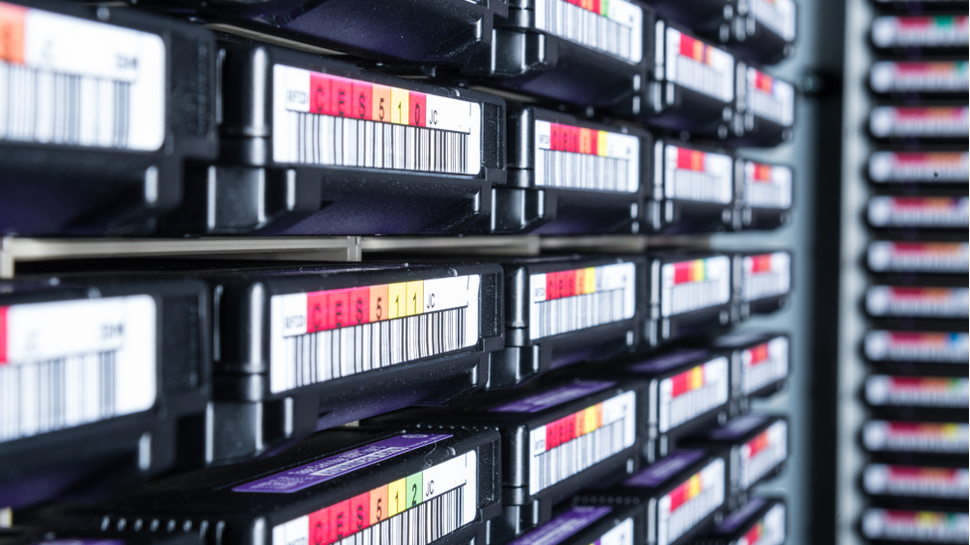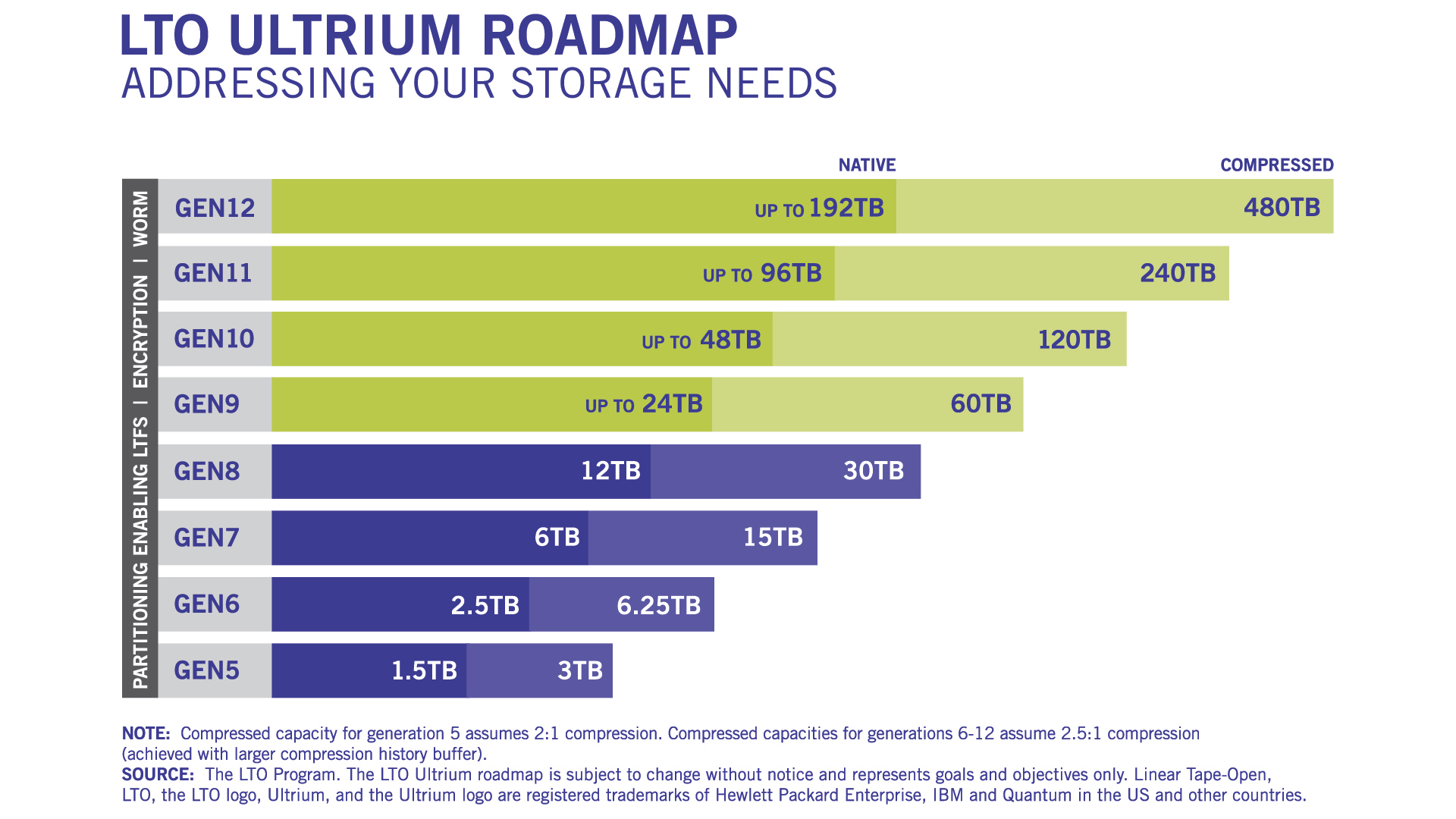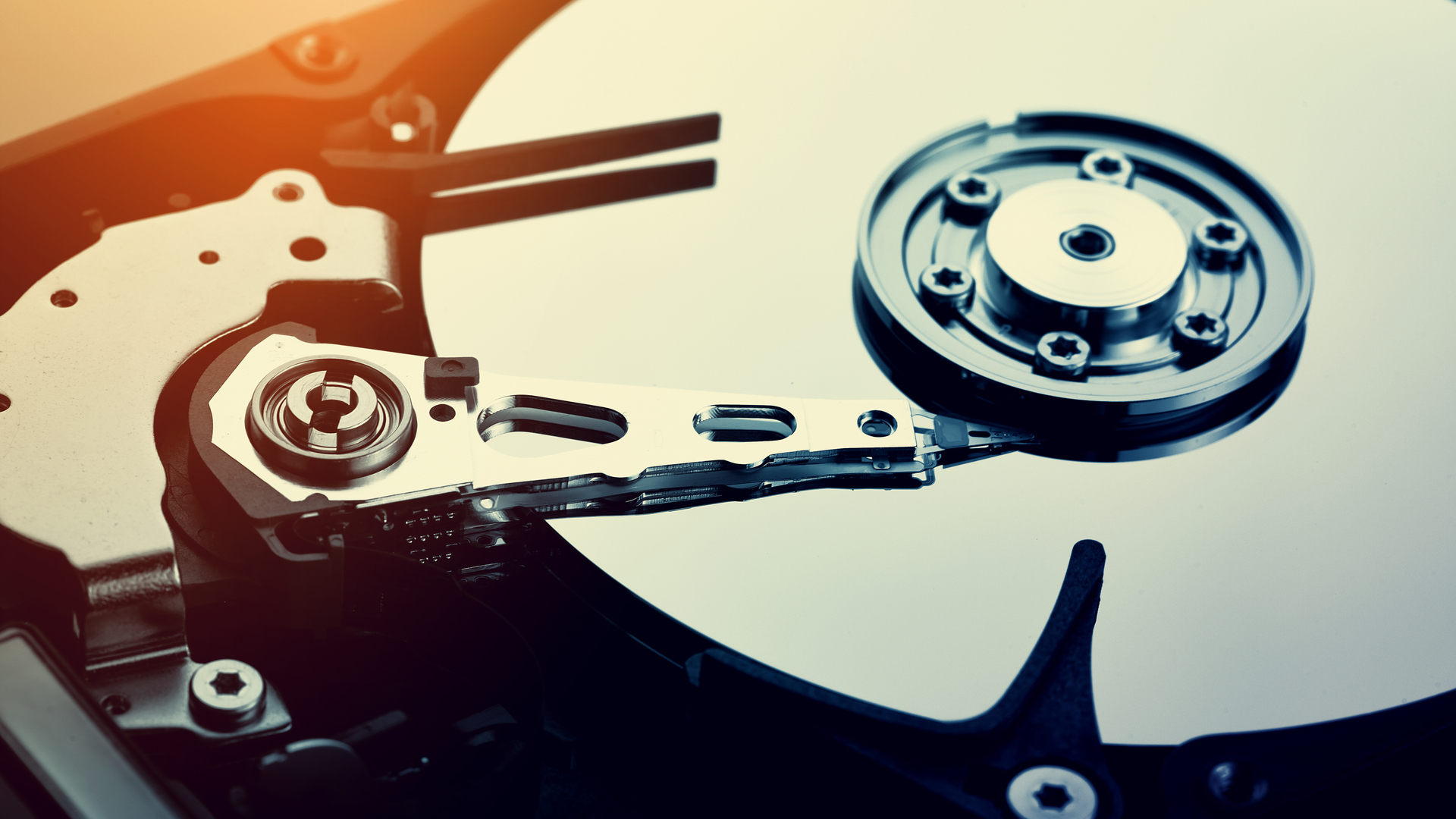The role of tape in the modern data center
Tape still offers several benefits that cloud storage doesn’t

More businesses and consumers are adopting the cloud for their storage needs due to how easy it is to store and retrieve their files from a cloud storage service. While the cloud certainly makes sense for storing data you’ll need to access frequently, tape is still in use at modern data centers due to its much larger capacity and longevity when compared to both hard disk drives and even solid state drives.
To better understand why businesses continue to use tape in the digital era, TechRadar Pro spoke with Spectra Logic’s director of hardware engineering, Matt Ninesling.
- The importance of data centers during the pandemic
- Here’s why tape will always surpass hard drives and SSDs in storage
- These are the best file hosting services available now
Tape, like paper printing and vinyl, was supposed to die a long, long time ago. Why is it still alive?
There are a few reasons why tape is an important part of the modern data centre:
First, tape is by far the lowest cost medium for storing data. This means it is an ideal solution for archiving huge data repositories for information that are not regularly accessed.
Second, with the recent wave of ransomware in the past several years, creating an air gap is more important than ever in terms of an organization controlling its own destiny if attacked. Tape provides the perfect air gap in that tape cartridges are housed in libraries and offline most of time. In addition, media can be easily removed and stored offline, completely disconnected from the network, which prevents the data from being hacked, encrypted or deleted.
Third is longevity: as organisations retain data for longer and longer periods of time, durability and long life are key considerations. When stored correctly, tape media can last up to 30 years. In comparison, hard disk drives have a life of three to five years.
There's plenty of companies (Backblaze, Google, etc) that are pitching LTO-replacement cloud-based backup solutions (e.g. Glacier). What would you say to an existing tape client looking to switch to them?
If you are using the lowest cost storage tiers in the cloud there is a very good chance that you are still storing your data on tape, just not on your own tape. These cloud-based solutions can make good sense financially for storing a second copy of archive data or for smaller companies with multi-terabyte data sets.
However, if you are a data-driven organisation that is archiving petabytes, then it is going to cost much more to store it in the cloud than in an on-premise tape library - especially if you are pulling information in and out of the archive on a regular basis.
Remember to consider egress charges, bandwidth costs, and time to get data over the connection to the cloud when making these comparisons.
Cloud egress costs are expensive if you need to pull data in and out of the cloud on a regular basis or, in a worst-case scenario, where you have to retrieve all of your data from the cloud. This doesn’t even take into account the high cost of the necessary network bandwidth needed to move massive volumes of data in and out of the cloud or the long time it could take to do it. And, tape is still the single best way to quickly restore after a ransomware hit because data is stored completely offline. Onsite tape that an organisation owns and manages is the least expensive way to archive large volumes of data and, while this nearline data might take a little longer to retrieve, the latency time is minimal depending on the tape library.
You can find a TCO calculator on the LTO consortium website that will help when comparing potential costs of different solutions.

What has been the rate of adoption of LTO-7 Type M? Does this new media capacity make it more difficult to push LTO-8?
There was a high adoption of LTO-7 Type M in the first year and a half after the release of LTO-8 tape drives based on both the low cost per TB of LTO-7 Type M and availability issues with LTO-8 media.
Once LTO-8 media became readily available and the price dropped due to competition in the market, there has been a high adoption rate for LTO-8 media.
Computational storage - the ability to do dedupe/compression/encryption/ decompression on the device - is coming to other media as well. What in your views, should the tape industry do to stay ahead of the curve?
The tape industry needs to ensure that it continues to stay ahead of the competition when it comes to cost per TB and reliability, as it has for decades.
The industry also must continue to innovate. For example, moving to more modern storage architectures such as object storage archives using tape, makes tape both easier to use and cost effective. Also, adding more and more technology and intelligence to the automated tape libraries (like the ExaScale TFinity) will continue to make using tape easier with even less human intervention.

How do you see the future of tape evolve over the next 10 years?
Tape will continue to follow an established precedence of large capacity improvements with each new generation increasing in capacity, advancing to almost 200TB native capacity on a single piece of media, according to the LTO Consortium’s tape roadmap.
Following this roadmap, tape will continue to be the lowest cost and most reliable way to store massive volumes of data for long-term digital preservation.

Do you believe that the holy alliance of Flash and Tape will ultimately cause the demise of hard disk drives?
We see suitable use cases for all three media formats moving forward. Unless the cost of flash can get very close to that of HDDs, it is unlikely that flash can ultimately replace disk in many environments where data is used on a day-to-day basis.
We expect tape will continue to replace disk in long-term storage environments due to tape’s lower cost, higher reliability, and air gap benefits that differentiate it from HDDs. And in turn, we anticipate flash will continue to replace disk in places where IOPs and very high throughput make it the preferred storage medium of choice. This will leave disk as a smaller segment of storage where the focus is on higher capacity 3.5” disk drives.
- We've also highlighted the best cloud storage
Sign up to the TechRadar Pro newsletter to get all the top news, opinion, features and guidance your business needs to succeed!